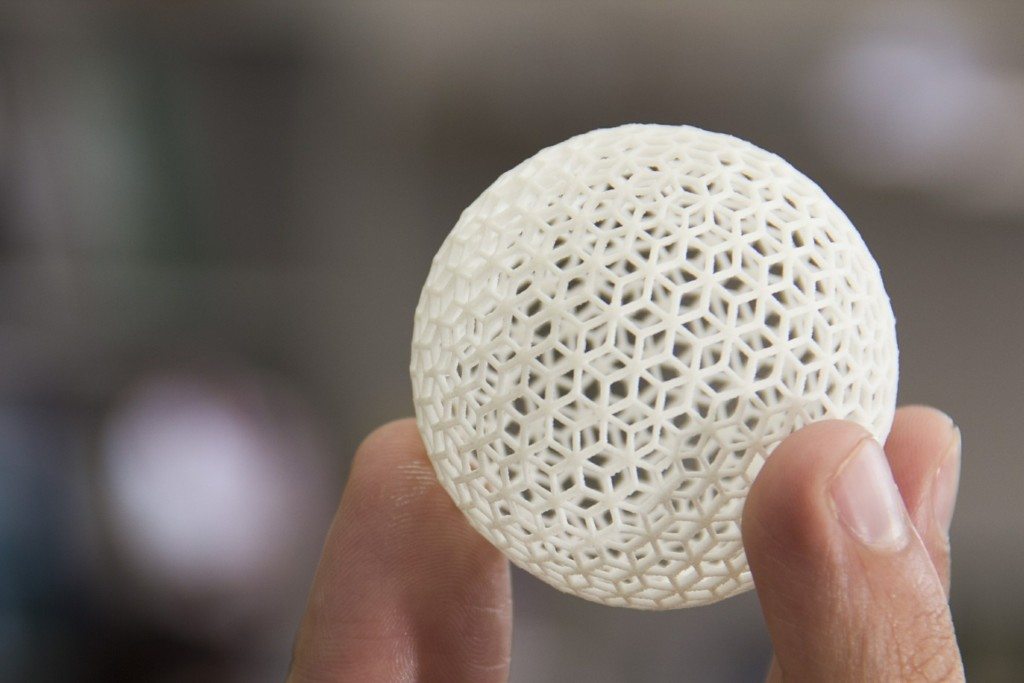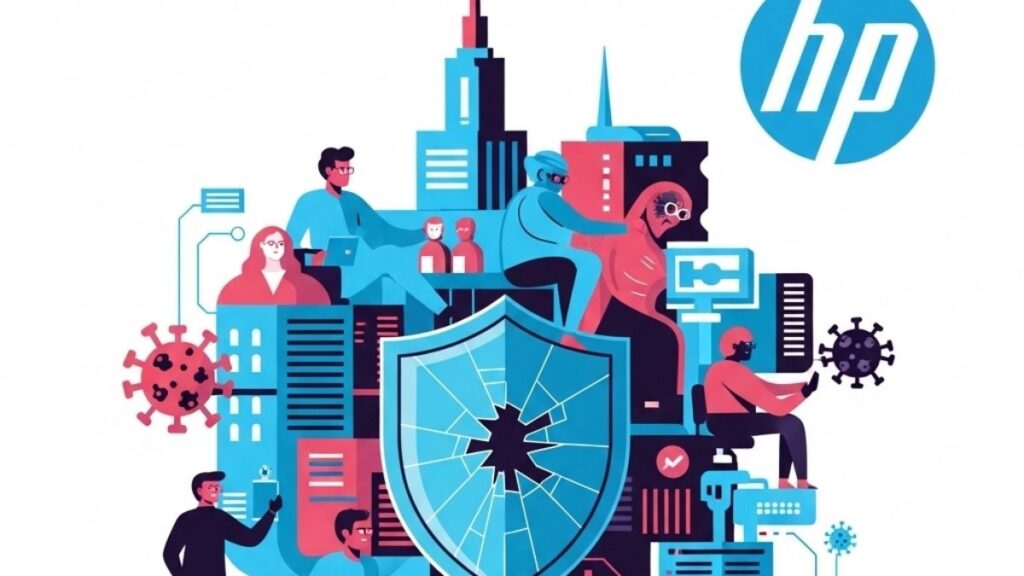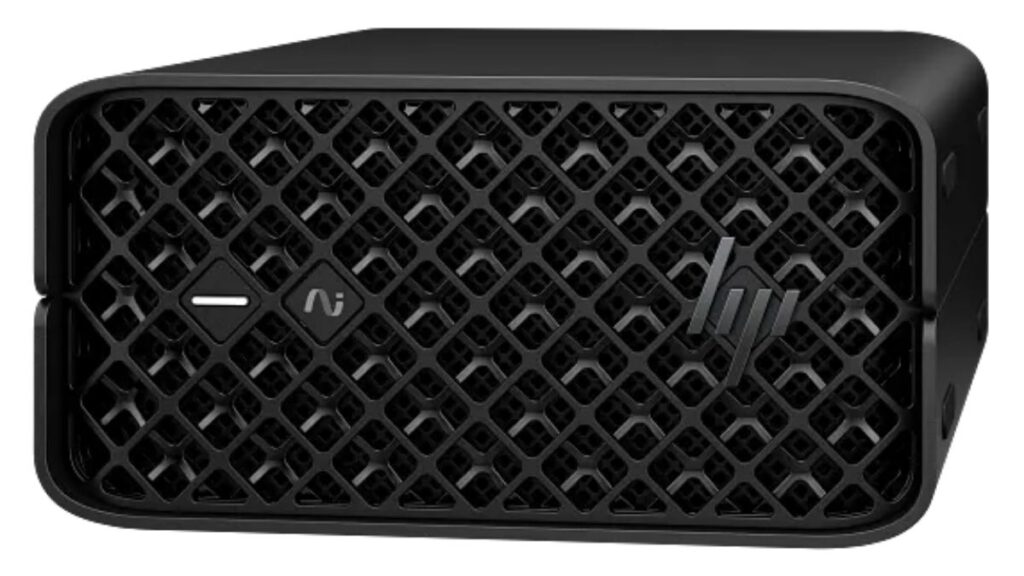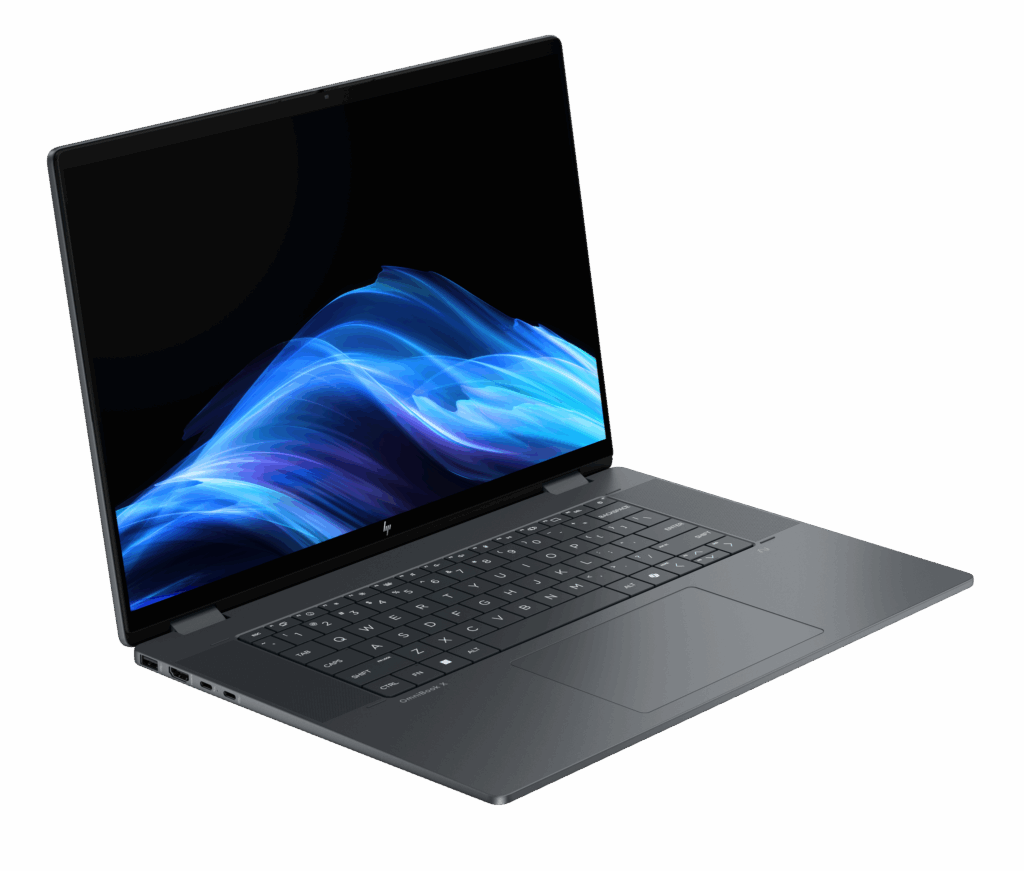The old story is told about the buggy companies that went out of business when cars came to market because they thought they were in the buggy—rather than the personal transportation—business. HP came close to making the same mistake by not really expanding beyond paper printing and realizing that a printer was a robot. However, HP announced that they are moving to corner the 3D market—3D printers look like robots with articulated arms and the ability to eventually create most things, even parts they need to repair themselves.
It is hard to get excited about printers because they seem like such an antiquated technology, but if you realize that current generation printers—particularly 3D printers—are mini-manufacturing systems and, effectively, complex current generation robots. It shouldn’t be long before HP—and HP investors and customers—realize that HP is in the far more interesting, and potentially massively growing, next generation robotics market.
By the way, I should add, that HP’s printer, and especially their supply business, is currently growing so its demise turned out to be fake news.
Let’s talk about that this week.
A 3D Printer Is a Robot
A “robot” is just a machine capable of carrying out a complex series of actions automatically—especially one programmable by a computer. We don’t think of bread makers as robots but they fit the definition, and so did juke boxes. Both product classes could carry out complex task like mixing the dough and baking the bread or selecting and playing records in a programmed order. In fact, we are surrounded by robots we don’t think of as robots. A washing machine is a robot, so is a dryer, and particularly a high-end dishwasher which has a ton of sensors. We don’t think of these as robots, but they are—and these robots are increasingly being networked into systems that interoperate. Granted I’m not sure why your dishwasher needs to talk to your washing machine, but your refrigerator might talk to your Amazon Echo to automatically order things you were running low on (both are also types of robot).
But if you are going to put a printer on a manufacturing line, which is the plan with 3D printers, the need to connect all aspects of the line—including traditional manufacturing robots—into a system to control flow, assure quality, and prevent bottlenecks is a requirement.
3D Printing Will Evolve into Star Trek Replicator
I think the name “3D printer” downplays what this product does—particularly in HP’s manufacturing oriented product line. If you used to watch Star Trek (or watch now—the new Star Trek Discovery is actually pretty good), you might recall the idea of a replicator. This was basically a 3D printer that could print anything it had a program for, from food to clothing. Did they call it a 3D Printer? No, they called it a replicator because that sounded more future-oriented. But, that’s what it was—it was a 3D printer with a better name.
HP has announced two directions—one that would print colored plastic products and another that would print, or “replicate”, metal products. What HP is building could also be called a robotic builder, a miniature manufacturing plant, or imagination/reality converter. But, in the end, we know toward the end of the evolution for this product it will have capabilities nearly identical to the Star Trek Replicator.
What I’m trying to convey is the class of product that 3D printer is in includes robotics and a technology out of a science fiction TV show set hundreds of years in the future. HP is moving to corner THAT market.
Wrapping Up
The 3D printing products HP spoke about this week are interesting, but what is more interesting is the direction of this segment. In it are printed ceramics, printed mixed media, including printing things with electrical circuits, food, drugs, and, eventually the printing of complete usable complex products. Yes eventually, rather than going to the store, we’ll print, or replicate, everything we need in our home or at our office. That is the market HP is working to corner, so thinking of them as a past oriented PC and printer company sells them sort. They are moving to create the replicator and the product future for most of us.
- The Human Element: HP’s Latest Security Report and My Near-Miss with a Digital Predator - July 11, 2025
- The Mighty Mini: Why HP’s Z2 Mini G1a Workstation Is the Unsung Hero of AI Development - July 7, 2025
- The HP OmniBook X Flip 2-in-1 16-Inch: Your New Digital Swiss Army Knife (Now in Glorious Atmospheric Blue) - June 25, 2025



